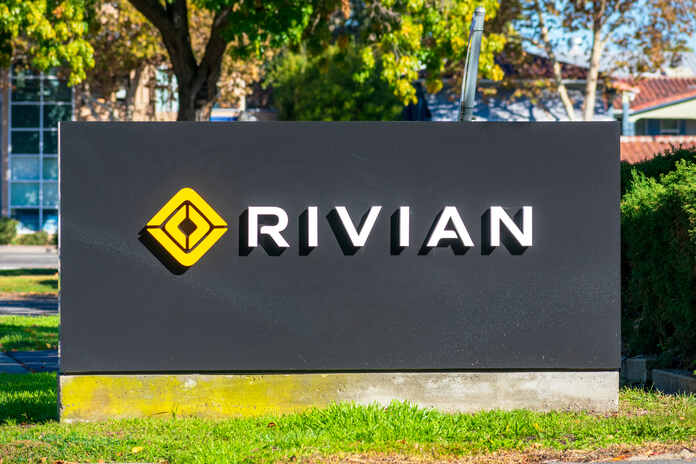Rivian (NASDAQ:RIVN), the electric adventure vehicle manufacturer, is set to announce its fourth-quarter results after the bell on Wednesday, with investors closely monitoring the company’s production plans for 2024 and its outlook on profitability amidst a challenging environment of declining EV demand.
Analysts expect Rivian to report top-line revenue of $1.25 billion for the quarter, accompanied by an adjusted loss per share of $1.33, according to Bloomberg consensus estimates. Despite the expected loss, this revenue projection reflects a nearly 90% increase from the $663 million reported a year ago. On an adjusted EBITDA basis, Rivian is forecasted to post a narrower loss of $1.05 billion, an improvement from last year’s $1.46 billion loss.
In a recent announcement, Rivian disclosed 13,972 deliveries in Q4, marking a significant increase from the previous year but falling slightly below consensus estimates of 14,300. However, production surpassed expectations, with 17,541 units manufactured compared to estimates of 16,574.
For the full year, Rivian exceeded its production target, producing 57,232 vehicles in 2023 and delivering 50,122. The company’s production forecast for 2024 stands at just over 80,000 vehicles, as per Bloomberg consensus estimates.
Regarding its financial performance, Rivian narrowed its full-year adjusted EBITDA loss forecast for 2023 to $4 billion from $4.2 billion and reduced its capital expenditure guidance to $1.1 billion. Investors are eager to see whether Rivian achieved its efficiency goals by the end of Q4.
Looking ahead, Rivian aims to achieve “positive gross profit” by the end of 2024, with CFO Claire McDonough targeting contribution margin profitability by the end of 2023, driven by updated pricing for R1 vehicles.
The company’s profitability plans are crucial for investor confidence and its long-term viability. However, pure-play EV makers like Rivian, Lucid (LCID), and Fisker (FSR) have faced pressure from investors due to consecutive loss-making quarters and a challenging EV market.
For Rivian, the focus is on its profit and cost outlook for 2024. Analysts expect the company to forecast an adjusted EBITDA loss of $2.55 billion for 2024, with capital expenditure estimated at $2.37 billion.
Rivian will unveil its more affordable R2 EV on March 7, to be produced at its upcoming $5 billion Georgia assembly plant, scheduled for completion by 2025. Analysts express cautious optimism but highlight concerns about demand challenges and potential delays in achieving gross margin profitability.
In summary, while Rivian benefits from declining lithium-ion battery costs, it faces hurdles related to demand and scale. Analysts emphasize the importance of closely monitoring the company’s execution of its production and profitability targets as it navigates through the evolving EV landscape.
Featured Image: Megapixl















